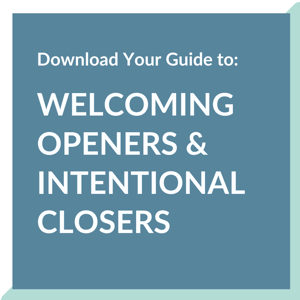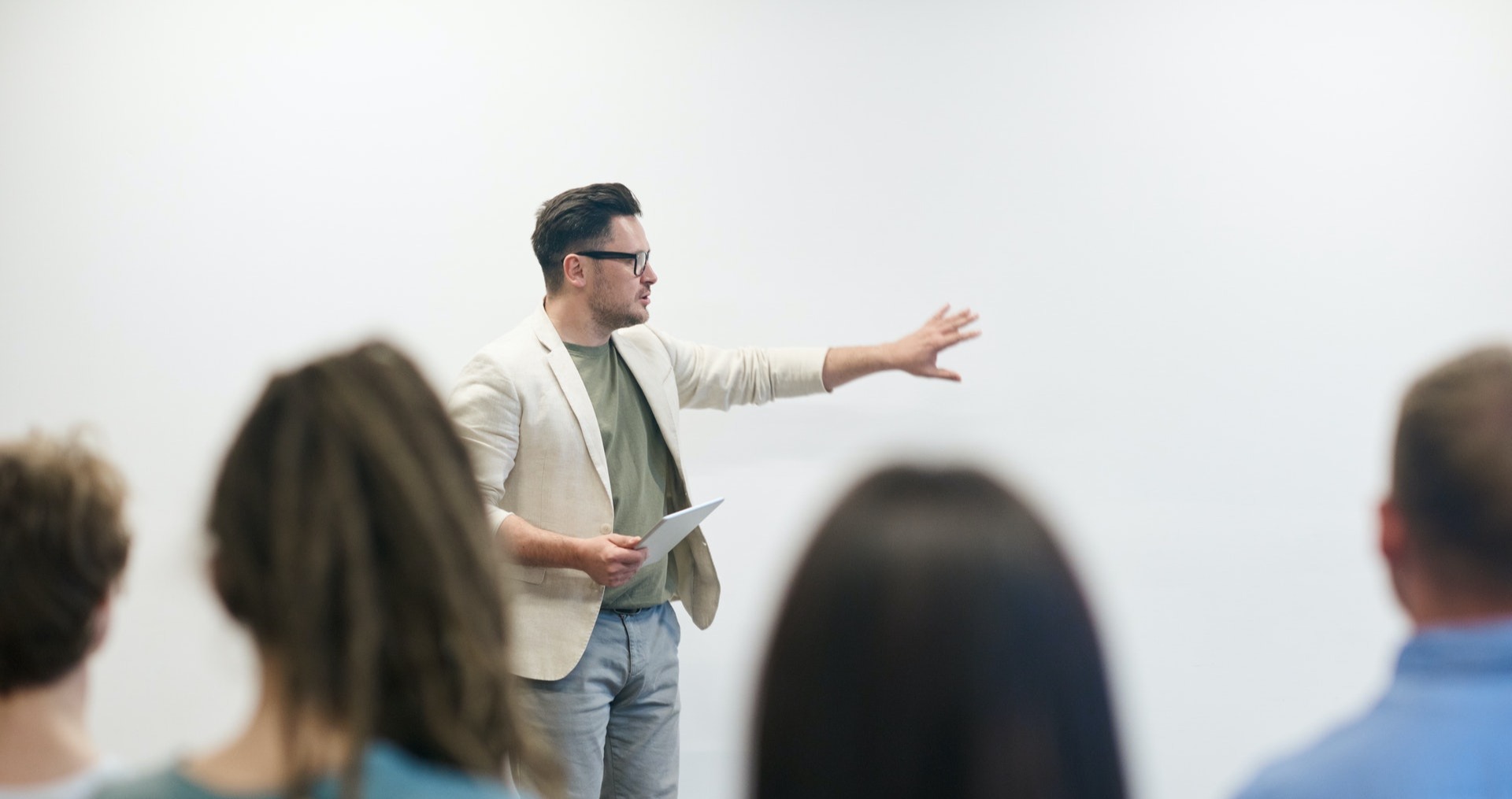How and Why You Should Bring Intentionality to the Opening and Closing of Your Lesson
Social and Emotional Learning (SEL) initiatives have been acknowledged as important for many years, but until recently the discussions remained largely focused on relationship building and behavioral rewards. While these are essential pillars of healthy and equitable schools, the void of research-based instructional and assessment practices hindered implementation at the classroom level and often created frustrations with teachers who wanted to support SEL with their students but were feeling it was at the expense of academic rigor and achievement. In fact, the research has shown that the opposite is true: students who receive systemic SEL instruction in schools average 11 percentage points higher than those who do not and have a greater motivation to learn (Durlak et al., 2011). Studies on SEL initiatives in schools reveal that when woven into instruction, SEL provides opportunities for students to reflect on learning and take greater academic risks.
Studies on SEL initiatives in schools reveal that when woven into instruction, SEL provides opportunities for students to reflect on learning and take greater academic risks.
Luckily, the Collaborative for Academic, Social, and Emotional Learning (CASEL) published their answer to this call in their 2019 CASEL 3 Signature Practices Playbook which sought to answer the “but how do I do SEL?”. This playbook breaks down the implementation of SEL into a lesson into three steps:
- Welcoming Opener/Inclusion Activity
- Engaging Strategies
- Intentional Closer
When focusing on staff development, we have found that there was power in developing a shared understanding of the purposeful use of openings and closers as an SEL instructional strategy. This was not because Engaging Strategies were not important, but we found that staff already conceptualized these as tools for interactive learning and connections. The concept of bringing intentionality to the opening and closing of a lesson with SEL, Universal Design for Learning (UDL), and Academic rigor in mind was a new focus. By creating routines and rituals through opening activities, teachers are investing in an orderly classroom that provides predictability for students, therefore, building confidence and a sense of agency and calm. A strong, intentional closer allows students time to highlight increased understanding, both shared and individual, and supports forward-thinking and reflection on next steps for additional learning.
Welcoming Openers and Intentional Closers
 Given the power of openings and closers, we designed two resources universally (using UDL principles) so that teachers could best remove possible barriers to opening and closing activities. As you will see, both have multiple ways in which students can engage with the activity at hand. Additionally, because the document starts with a focus on the goal of the activity, individual students who might need support in getting their thinking started have access to a variety of sentence starters.
Given the power of openings and closers, we designed two resources universally (using UDL principles) so that teachers could best remove possible barriers to opening and closing activities. As you will see, both have multiple ways in which students can engage with the activity at hand. Additionally, because the document starts with a focus on the goal of the activity, individual students who might need support in getting their thinking started have access to a variety of sentence starters.
We see this document working in a few ways. First, the teacher could choose the purpose and the stem with the students selecting the format. This would have all students engaging with the same focus but feeling empowered to engage because of the choice in format. Another way this could be used is that the teacher could only dictate the purpose and students would then get to choose the sentence starter (or create their own) and the format. Last, and this might be something that a teacher could work their way through and to as the year progresses, but students could be in full control over their opener or closer–choosing the purpose, stem, and format that best suits them on that day given their progress in the learning and overall disposition. When we talk about cultivating learner agency, these documents really can help students on this journey.
Continue your learning. Learn how to implement UDL and SEL into your learning environment or explore professional development opportunities.
This post was updated from it's original publishing date of June 2022
Resource:
Durlak, J. A., Weissberg, R. P., Dymnicki, A. B., Taylor, R. D., & Schellinger, K. (2011). The impact of enhancing students’ social and emotional learning: A meta-analysis of school-based universal interventions. Child Development, 82, 405-432


